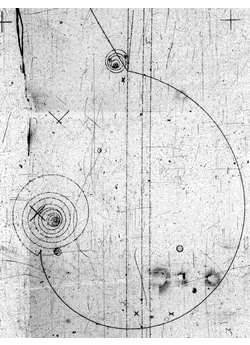Quantum mechanics exists as a theory because there have been experimental observations that could not be modeled mathematically using Newtonian physics and Maxwell's equations.
It has a number of postulates intrinsic in every quantum mechanical theory,(theory= a general mathematical model which is descriptive and predictive) and in particle physics the symmetries and elementary particles in the table are also a priori assumptions equivalent to axioms. They are necessary to fit existing data and very successful in predicting future measurements.
In classical physics a measurement is an observation. It does not need an observer, most often is an instrument and data registered, now digitally in computers. Then the physicist thinking about those data is a live observer, but he/she has nothing to do with the origins of the data, except in setting up the original experiment.
This disposes of the "observer" as a conscious entity.
Quantum mechanics is a probabilistic theory. It can only predict probabilities of interactions . One gets scattering events accumulated so as to check a theoretically predicted distribution so as to validate or falsify the theory:
Here is one pi mu e event in the bubble chamber.

The beam , probably a K- 10GeV/c beam , hits a proton in the hydrogen bubble chamber , and several particles come out. One of them is identified as a pi mu e decay (by the ionization track the mass of the backwards curling track can be identified as a pi , etc).
This is one event, and probably thousands of people like us have observed it. In the film tapes where it is recorded there are probably tens of thousand like this.
From this one instance we may start building up a probability distribution for the decays of charged pions and muons. One instance. We would have to accumulate versus energy and momentum a statistically significant number of these decays to be able to check against energy and decay lifetimes as calculated/predicted quantum mechanically.
One is forced to the conclusion that , quantum mechanically, observer= recorded-interaction. Once an interaction is recorded it has been observed. The mathematics leading to the theoretical fit should not be anthropomorphized. One can visualize with Feynman diagrams the interactions and how their use will build up the probability distribution, but in the end the Lydian stone are the measurements, one by one building the probability distributions which fit the quantum mechanical predictions.

